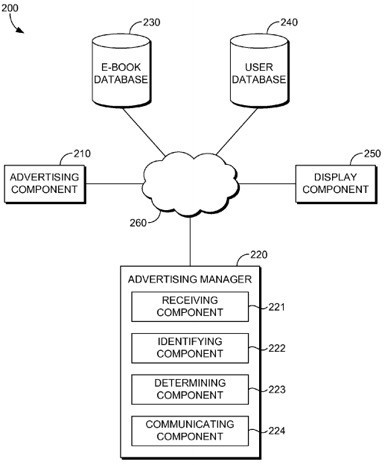When Microsoft launched the Release Preview version of Windows 8, it also put in a "Do Not Track" feature as the default option for Internet Explorer 10. A group of Internet advertising companies immediately criticized this move by Microsoft, claiming that this setting on IE 10 would "undercut thriving business models, and reduce the availability and diversity of the Internet products and services."
Today, in a post on Microsoft's legal issues blog, the company's chief privacy officer Brendon Lynch said that since the Release Preview launch of Windows 8, the company has received feedback from its own consumer research that he claims show "strong support for our “consumer-privacy-first” approach to DNT." However, he admitted that the company has also heard from unnamed "interested parties" who he claims want more information on how Windows 8 users will set up the Do Not Track option in IE.
Lynch states:
In the Windows 8 set-up experience, customers will be asked to choose between two ways of configuring a number of settings: “Express Settings” or “Customize.” By providing a simple experience that allows customers to set their preferences, we’ve sought to balance ease of use with choice and control. The recommended Express Settings are designed to expedite and streamline the overall set-up process, and, if selected, generally improve a customer’s privacy, security, and overall experience on the device.
Lynch also mentions how Windows 7 users of IE 10, about which little has been announced, will handle those "Do Not Track" options, stating, "Windows 7 customers using IE 10 will receive prominent notice that DNT is turned on in their new browser, together with a link providing more information about the setting."
Source: Microsoft Issues blog















12 Comments - Add comment